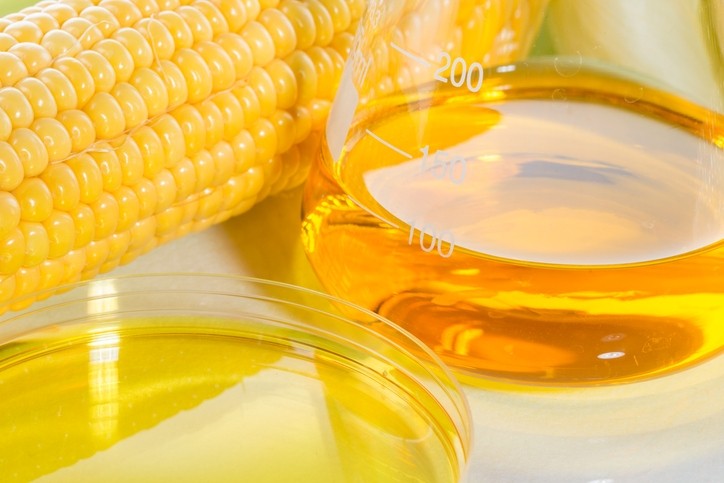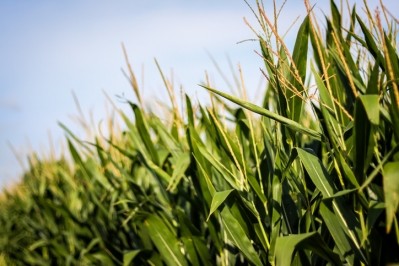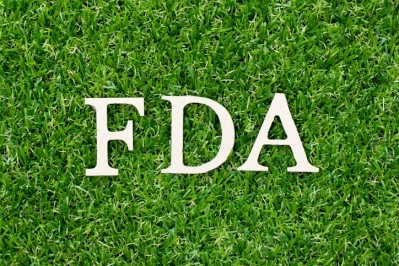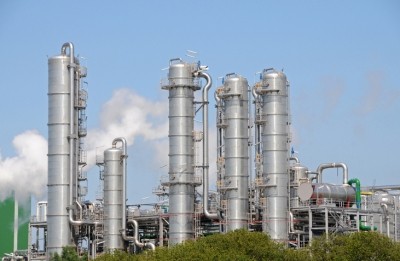KnipBio finds cheaper way to feed bacteria, generate protein ingredient

The Massachusetts-based feed ingredient start-up has been working to diversify the feedstock used in its fermentation process to generate KnipBio Meal (KBM).
The company is now able to generate its single-cell protein aquafeed ingredient using condensed distillers’ solubles, which is expected to help lower costs for the feed ingredient manufacture.
Work with the by-product as a feedstuff followed KnipBio’s start of a joint development agreement with the Kansas-based engineering company ICM, said Larry Feinberg, CEO of KnipBio. “Clearly they are very well tapped into the fuel ethanol world and some of the waste streams that are available in those corn ethanol facilities. Working with them has helped identify some of those streams,” he added.
KnipBio initially used methanol as a feedstock for its bacteria but started researching condensed distillers’ solubles along with other biofuel production by-products in 2018 in an effort to increase production flexibility.
The company has been considering the use of alternative feedstocks for some time because having alternatives helps smooth over “natural fluctuations" in feed ingredient prices, Feinberg told us. “This is the realization of some of these efforts,” he added.
“It is Important from a production strategy to have feedstock flexibility be one of the attributes when you’re thinking about food for your microorganisms,” he said. “Some of the criteria are that it should be available, it should be low cost but also that you have the ability to be flexible because the second you want something people tend to value it.”
“If you can adjust your process so it can incorporate additional inputs that’s a very good hedge in the overall production pricing stability and production efficiency,” he added.
However, developing a method to generate the protein ingredient using the solubles does not mean the company will only be using that as a feedstock, he said.
“We’re able to use it exclusively or not depending on market condition and supplies and a host of other considerations – it strengthens our position quite a bit,” he added.
KBM generation, economic development
Condensed distillers’ solubles are an inexpensive by-product generated during ethanol fermentation, the company said. As a by-product, it is considered to have little to no environmental footprint.
More than 2.5m tons of the solubles are generated annually by the ethanol industry, the company said. Typically, it costs about $100 a ton and is sprayed on animal feed.
In addition to adding flexibility to the production process, the new feedstock was found to generate a product at least equivalent to the previous formulation, said Feinberg.
“It doesn’t pass muster if it doesn’t at least equal, or potentially it has to be better, both from a productivity [standpoint] as well as quality,” he said. “It is possible that an organism that eats a different food looks different in terms of protein content, etc. but we’re careful in the process to ensure that things are at a baseline minimum – it has to meet the criteria from previous developments.”
Feeding trials using protein ingredients generated from the new feedstock are ongoing, he said.
On the pricing side, the ability to use the alternative feedstock is expected to provide a “clearer and quicker route” for KBM to reach a price point competitive with other common aquaculture protein sources like fishmeal and soy protein concentrate, he said.
“Feedstock cost is a major component – it’s kind of true for everything thing – feed is a big part of growing fish, and feedstocks are a bit part of growing bacteria,” said Feinberg. “It’s kind of a very similar concept.”
The company also is developing a range of feed ingredients, he said. Some of the protein ingredients are intended to be competitively priced with fishmeal, while others will be more premium products with a higher price point.
Scale-up efforts and ICM
The ongoing with work ICM is “on track,” said Feinberg.
“It always looks like a straight line when you’re further away,” he said. “But the general trajectory – we’re on track.”
The company has said previously that it is in the process of moving to production at the 200,000L level.
“There is definitely still work to be done,” said Feinberg. “The tools are in place, we have the right people, the right equipment and organisms and it’s just a matter of putting the jigsaw puzzle pieces together.”
Additionally, KnipBio has submitted a dossier regarding the use of its protein ingredient in crustacean diets to the US Food and Drug Administration, said Feinberg.
The company received approval to use the ingredient in feeds for salmonids and other finfish in February.














